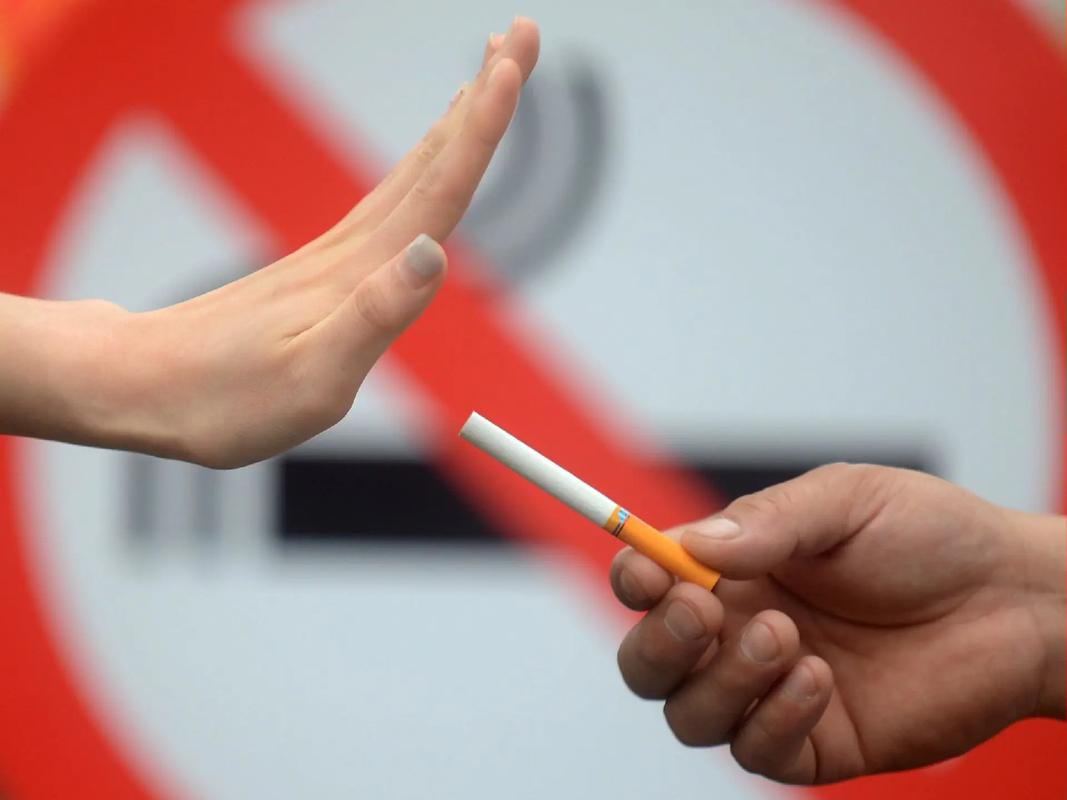Tobacco Impairs Vascular Endothelial Growth Factor Activity: Mechanisms and Consequences
Introduction
Tobacco use remains one of the leading causes of preventable diseases worldwide, contributing to cardiovascular disorders, respiratory illnesses, and cancer. Among its many detrimental effects, tobacco has been shown to impair vascular endothelial growth factor (VEGF) activity, a critical regulator of angiogenesis and vascular homeostasis. VEGF plays a pivotal role in wound healing, tissue repair, and maintaining endothelial function. However, tobacco-derived toxins disrupt VEGF signaling, leading to vascular dysfunction, impaired tissue regeneration, and increased risk of chronic diseases. This article explores the mechanisms by which tobacco impairs VEGF activity and the resulting clinical implications.
The Role of VEGF in Vascular Health
VEGF is a key signaling protein that promotes angiogenesis—the formation of new blood vessels—and ensures endothelial cell survival. It is essential for:
- Wound healing and tissue repair
- Maintaining vascular permeability
- Supporting endothelial function
- Facilitating oxygen and nutrient delivery to tissues
Reduced VEGF activity can lead to poor circulation, delayed wound healing, and increased susceptibility to ischemic conditions such as peripheral artery disease and coronary artery disease.

How Tobacco Affects VEGF Activity
Tobacco smoke contains thousands of harmful chemicals, including nicotine, carbon monoxide, and reactive oxygen species (ROS), which directly and indirectly impair VEGF function. The primary mechanisms include:
1. Oxidative Stress and VEGF Suppression
Tobacco smoke generates excessive ROS, leading to oxidative stress. This disrupts VEGF signaling by:
- Damaging endothelial cells, reducing their ability to respond to VEGF.
- Decreasing VEGF expression due to oxidative modification of transcription factors like hypoxia-inducible factor-1α (HIF-1α), which regulates VEGF production.
2. Nicotine-Induced VEGF Inhibition
Nicotine, a major component of tobacco, has been shown to:
- Downregulate VEGF receptor (VEGFR) expression, impairing angiogenic signaling.
- Promote endothelial dysfunction by reducing nitric oxide (NO) bioavailability, which is essential for VEGF-mediated vasodilation.
3. Carbon Monoxide (CO) Interference
CO binds to hemoglobin with higher affinity than oxygen, causing tissue hypoxia. Paradoxically, while hypoxia normally upregulates VEGF, chronic CO exposure leads to VEGF resistance, where tissues become less responsive to VEGF despite its presence.
4. Inflammation and VEGF Dysregulation
Tobacco smoke triggers chronic inflammation, increasing levels of pro-inflammatory cytokines like tumor necrosis factor-alpha (TNF-α) and interleukin-6 (IL-6). These cytokines:
- Inhibit VEGF synthesis in endothelial cells.
- Promote VEGF degradation, further reducing its bioavailability.
Clinical Consequences of Impaired VEGF Activity Due to Tobacco Use
The suppression of VEGF by tobacco has far-reaching health consequences, including:
1. Delayed Wound Healing
Impaired VEGF signaling reduces angiogenesis, leading to:
- Chronic non-healing wounds (e.g., diabetic ulcers in smokers).
- Increased risk of post-surgical complications due to poor tissue repair.
2. Cardiovascular Diseases
VEGF is crucial for maintaining vascular integrity. Its impairment contributes to:
- Atherosclerosis due to endothelial dysfunction.
- Increased risk of myocardial infarction from poor collateral vessel formation.
3. Peripheral Artery Disease (PAD)
Smokers with PAD exhibit reduced VEGF-driven angiogenesis, worsening limb ischemia and increasing amputation risks.
4. Cancer Progression and Treatment Resistance
While VEGF is often associated with tumor angiogenesis, tobacco-induced VEGF dysregulation can paradoxically:
- Promote tumor hypoxia, making cancers more aggressive.
- Reduce chemotherapy efficacy due to poor drug delivery from impaired vasculature.
Potential Therapeutic Approaches
Given the detrimental effects of tobacco on VEGF, strategies to mitigate damage include:
- Smoking cessation – The most effective way to restore VEGF function.
- Antioxidant therapy – Vitamin C and E may counteract oxidative stress.
- VEGF supplementation – In severe cases, recombinant VEGF therapy may aid recovery.
- Anti-inflammatory agents – Statins and other drugs may reduce VEGF suppression.
Conclusion
Tobacco use severely impairs VEGF activity through oxidative stress, nicotine toxicity, CO exposure, and chronic inflammation. This disruption leads to vascular dysfunction, delayed healing, and increased cardiovascular and cancer risks. Understanding these mechanisms highlights the importance of smoking cessation and targeted therapies to restore VEGF function and improve patient outcomes.
By addressing tobacco-induced VEGF impairment, healthcare providers can better manage associated diseases and enhance recovery in affected individuals.
Tags: #Tobacco #VEGF #Angiogenesis #CardiovascularHealth #SmokingCessation #OxidativeStress #WoundHealing #EndothelialDysfunction









